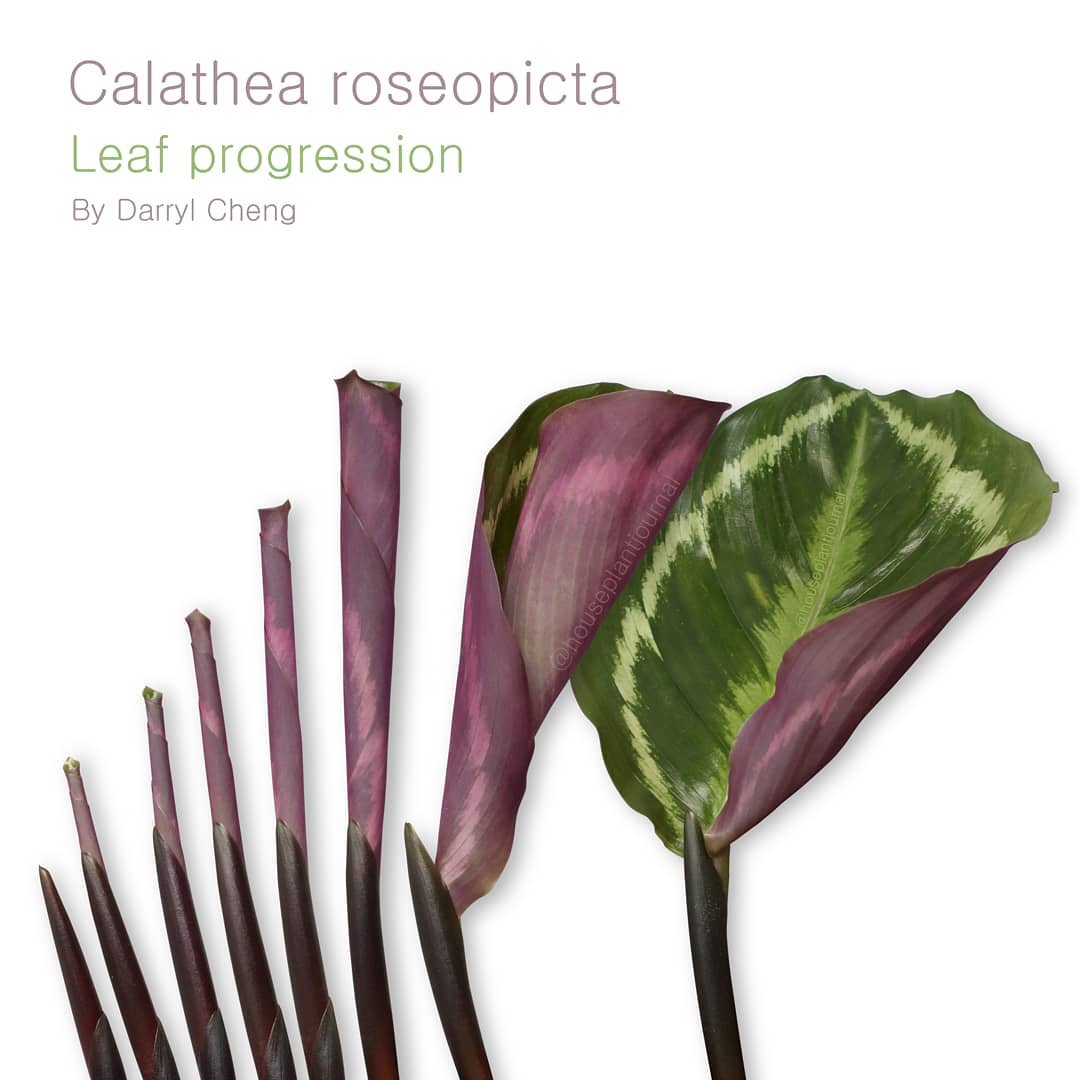
Even though my #calathearoseopicta is now gone (lasted around 1 year), I still got to witness the progression of its leaf growth!
⠀⠀⠀⠀
Here’s another conceptual #plantfailfriday – the failure to acknowledge that you don’t have absolute control over how “well” your plant does – in fact, you have very little control once you’ve understood your growing conditions and prioritized #plantlife.
⠀⠀⠀⠀
Part of the problem is the common narrative of blaming the plant parent. How many times have we told ourselves “I killed it” or “I overwatered the plant”? Anecdotal evidence rules as opposed to physical/statistical evidence – and why would there be such evidence? People aren’t in the habit of measuring their light, temperature, humidity, soil chemistry, water content, etc.
⠀⠀⠀⠀
The other part is somewhat harder for me to say, but I’m going to anyway: you WANT to be blamed because you want to hold on to the idea that you are in control of the plant’s success – and many standards of success are based on aesthetics. It’s easier than having to accept the hardships of plant life. It’s more accepted for a plant seller to blame you than to say “that’s just how long the plant can stay nice-looking; the shape will change according to your environment” and they don’t have the time to evaluate your environment. It’s a less satisfying answer when you tell someone they need to observe the soil dryness given that the plant is getting the right light – it’s easier just to say: water it once a week.
⠀⠀⠀⠀
I’m not saying all the information out there is wrong. I’m just saying that we have interpreted and filtered it to the point where a lot of what makes plant parenthood fun has been lost. Free yourself! If you prioritize plant biology and throw in a healthy dose of acceptance that plants are living things, subject to the hardships of life, then you will experience a deep appreciation for plants beyond just what they look like now. That is the way of House Plant Journal.

Comments are closed.